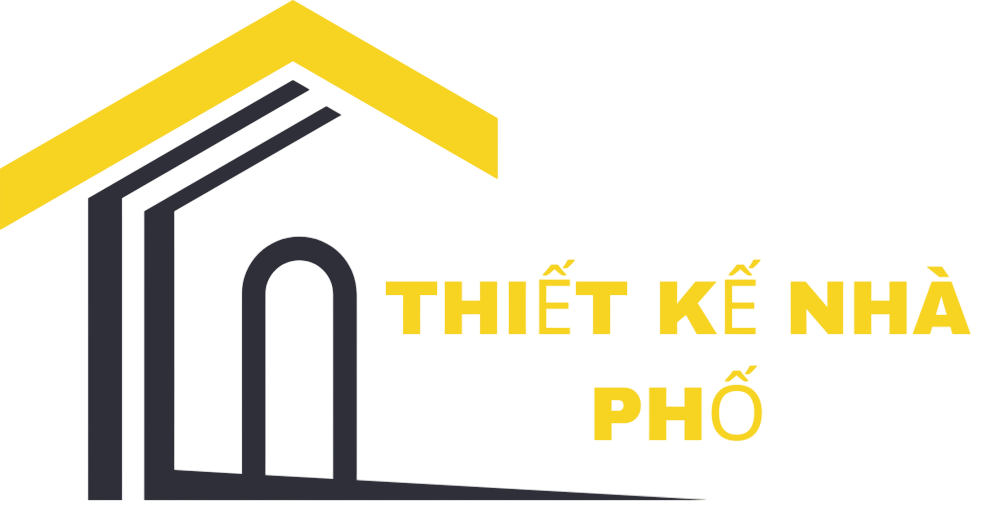Ten Dance competitions represent the pinnacle of technical versatility within DanceSport, demanding proficiency across ten distinct dance forms. This grueling format combines the refined precision of Standard alongside the fiery passion of Latin styles, challenging dancers’ stamina, technical adaptability, and performance coherence[1][2][4].
## Historical Evolution and Competitive Framework https://ten-dance.com/
### The Ten Dance Concept
Per global DanceSport regulations, Ten Dance encompasses Waltz, Tango, Viennese Waltz, Foxtrot, Quickstep and Cha-cha, Samba, Rumba, Paso Doble, Jive, executed as a single competitive event[1][3][4]. Unlike style-specific divisions, 10-dance competitors are required to exhibit balanced mastery across both disciplines, a feat achieved by only 3.3% of elite dancers[1][6].
The format’s origins trace back to the standardization efforts of organizations like international DanceSport authorities, which hosted the first World 10 Dance Championships in 1978. British couples dominated early editions, with David Sycamore & Denise Weavers securing eight consecutive world titles from 1978-1985[3].
### Event Structure and Demands
Ten Dance events follow unique scheduling pressures:
– Sequential style execution: Dancers alternate between Standard’s controlled elegance to Latin’s rhythmic intensity within hours[1][2].
– Attire and mindset shifts: Quick changes formal Standard wear flamboyant Latin costumes intensify performance pressures[1][6].
– Judging criteria: Mechanical accuracy, musical interpretation, and cross-style cohesion determine rankings[4][6].
Reviewing championship data reveals Germany’s contemporary dominance, as demonstrated by prolonged success periods[3]. North American breakthroughs occurred via early 21st-century triumphs[3].
## Technical and Training Complexities
### Balancing Ballroom and Latin
Excelling in 10-dance necessitates:
– Divergent technical foundations: Standard’s upright posture vs. Latin’s Cuban motion[4][6].
– Contradictory musical interpretations: Waltz’s 3/4 time fluidity against Latin’s staccato accents[2][6].
– Psychological adaptation: Switching from Foxtrot’s smooth progression to Paso Doble’s dramatic flair mid-competition[1][6].
Training regimens require:
– Doubled practice hours: Minimum 20-hour weekly commitments for sustaining both style proficiencies[1][6].
– Multi-disciplinary instructors: Separate Standard and Latin coaches often collaborate on unified training plans[6].
– Complementary conditioning: Ballet for posture combined with athletic endurance work[1].
### Quantitative Challenges
Competitive analytics illustrate:
– Attrition rates: Nearly three-quarters of entrants leave 10-dance by their fifth competitive season[1].
– Judging bias concerns: Over a third of judges report struggling assessing interdisciplinary consistency[6].
## Societal Influence and Evolution
### The Category’s Unique Position
Despite the inherent difficulties, 10-dance fosters:
– Holistic dancers: Athletes like Iceland’s Adam & Karen Reeve (2003 champions) personify artistic completeness[3][6].
– Interdisciplinary creativity: Hybrid movements developed for Ten Dance routines often influence single-style competitions[4][6].
### Future Developments
The discipline faces:
– Dwindling competitor numbers: Peak participation figures to 78 in 2024[1][3].
– Rule modernization proposals: Discussions about adding American Smooth/Rhythm dances to revitalize interest[4][6].
– Digital advancements: AI-assisted judging systems being trialed for mitigating perceived subjectivity[6].
## Conclusion
Ten Dance stands as both a crucible and paradox within DanceSport. While celebrating unparalleled versatility, the format jeopardizes athlete burnout through excessive demands. With regulators considering structural changes, the discipline’s core identity—merging technical extremes into cohesive performance—remains its defining legacy[1][3][6].
